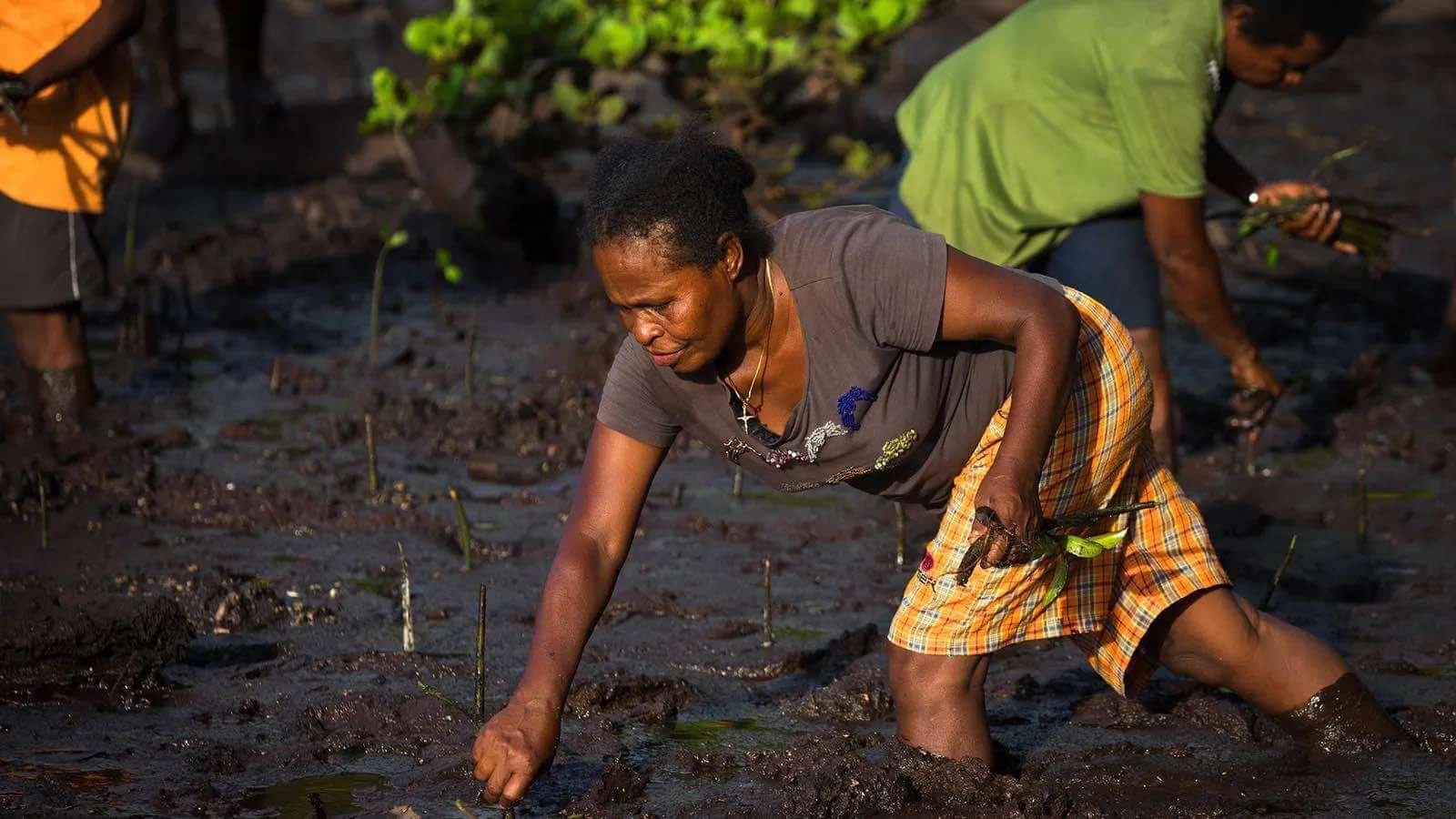Indonesia: Restoring Mangrove And Tropical Forest Habitats
Indonesia is the world’s largest island country, and one of the most deforested countries in the world. Indonesia is home to around 25% of the world’s mangrove population, boasting the most diverse range of mangroves in the world, with 92 true mangrove species. Unfortunately Indonesia suffers from extreme deforestation to their mangrove population, largely due to the palm oil industry and the development of coastal areas for urban expansion.
Mangroves provide endless benefits for Indonesian communities: they are hotspots of biodiversity, relied upon for food, wood for building fires, and for income from fishing and tourism, amongst many other benefits these hardy trees that have evolved to thrive in hot, muddy, salty conditions that would kill most other plants provide.
They are also extremely effective in the fight to mitigate climate change. They are highly effective at sequestering carbon from the air, locking away large amounts of carbon and stopping it from entering the atmosphere.
The reefs around Biak Island in West Papua have some of the richest biodiversity in the world. The island is also home to severely degraded mangrove forests. The work we support to restore the precious mangroves on the island has been and continues to be wildly successful. More than 30 million trees have been planted across this and other remote islands, and in mainland Papua, with nearly 600 local people having been given opportunities for economic self-sufficiency and fair wages.
This work is:
Restoring mangrove ecosystems across Indonesia
Supporting local communities to be economically self-sufficient
Reversing the effects of extreme deforestation




